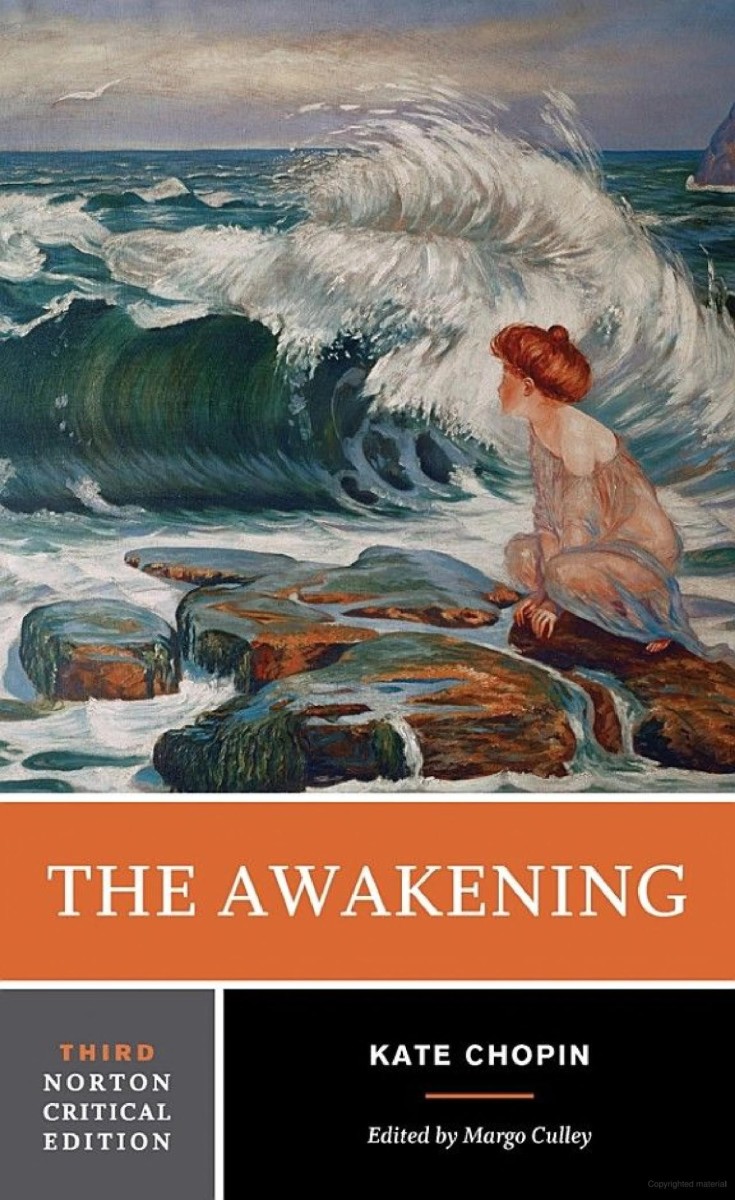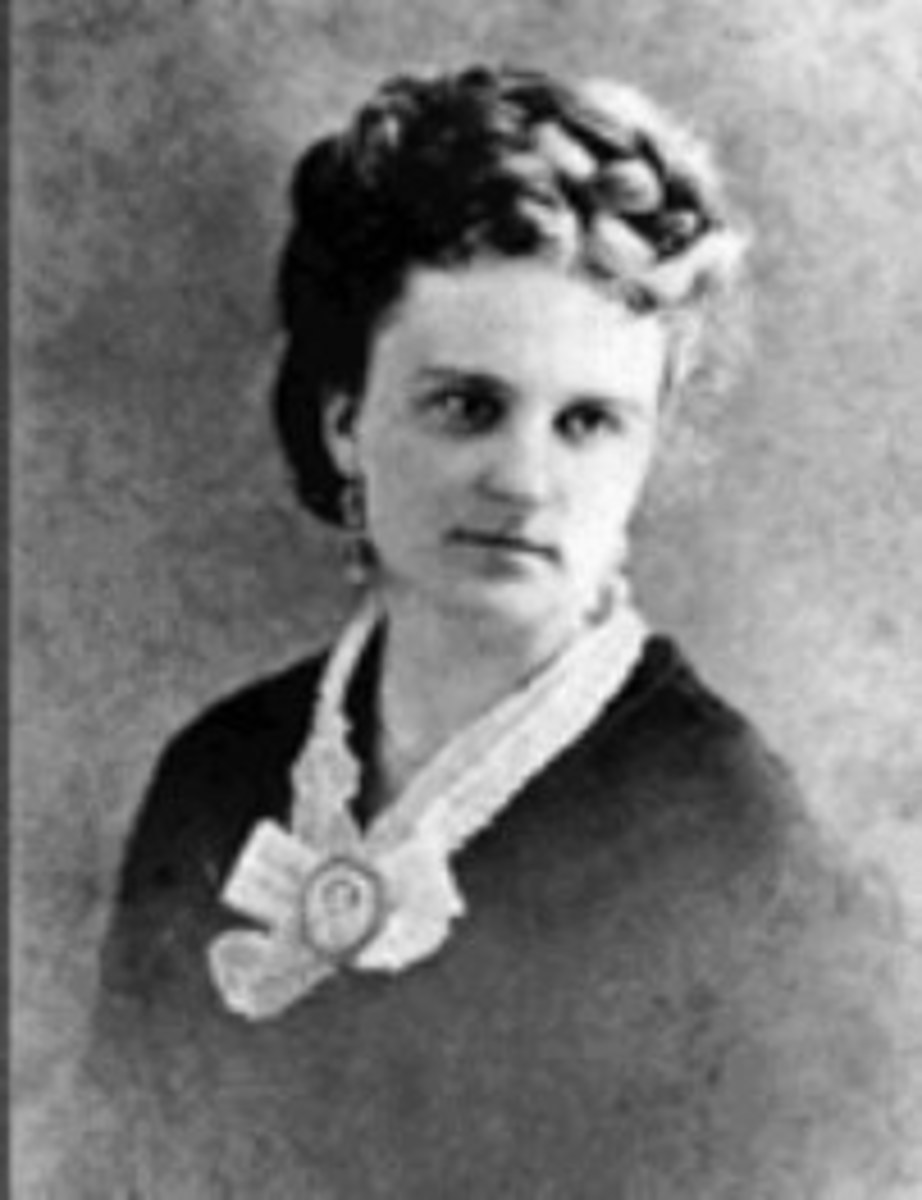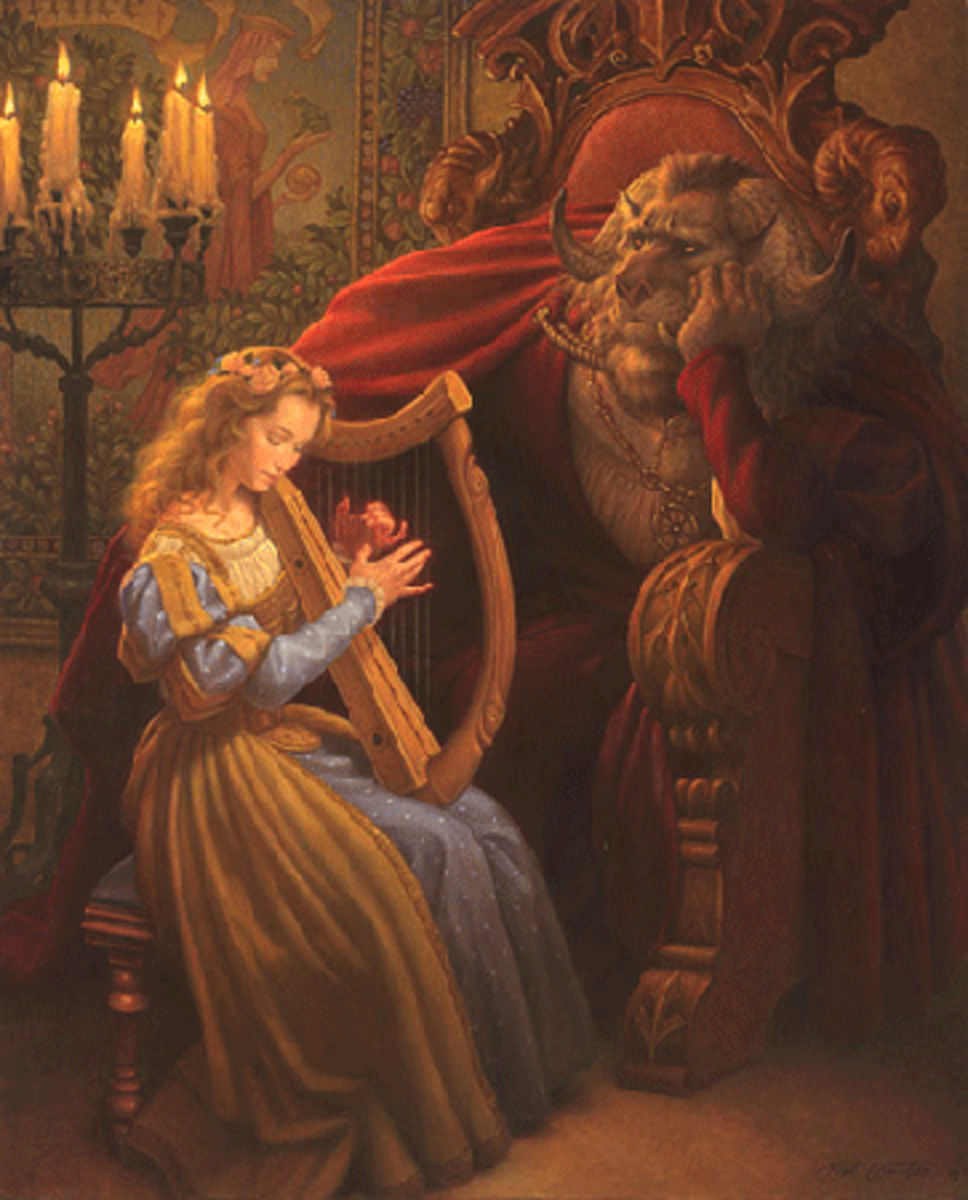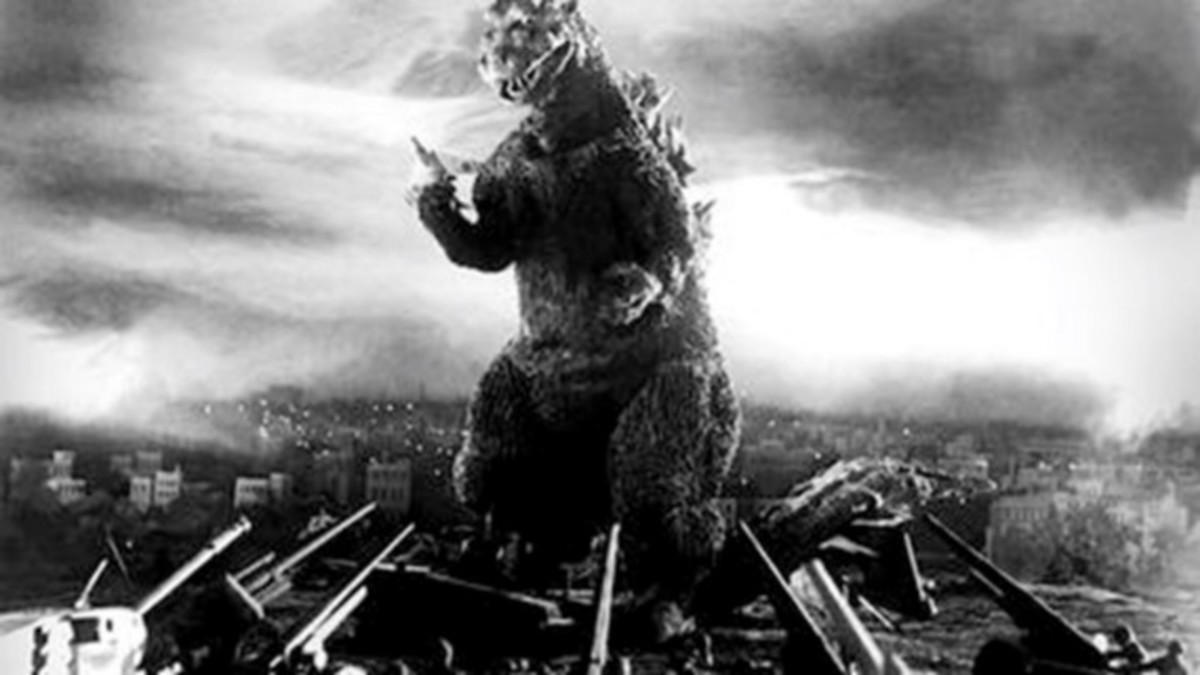Story of an hour Analysis

Throughout history, a specific way of thinking was incorporated in the lives of civilizations across the world, a tone towards men and women, mainly because of religion and caste. Up until just recently, every civilization with exception of Sparta and a few others, had proposed man to be the dominant part of any family, this in the American industrial times offering little more rights towards how women should reside among society’s castes. A book published in the mid 1800’s by the great Kate Chopin, “The story of an hour”, portrays the image of a typical married couple living in the industrial revolution, a time when the husband was to travel and stay months at a time on job sites and without much pay; this leaving the wife of the household to carry on household duties aimlessly without any form of income, her stress building from the absence of her husband in return for a life of loneliness and grief. The very basics of this graphic story are the element of surprise, and an almost feverous awkwardness in how the wife felt considering the death of her husband, this thought process shown to us through Kate’s own life experience of losing her husband.
As the story began, the first sentence stood out in every reader’s mind,
“Knowing that Mrs. Mallard was afflicted with a heart trouble, great care was taken to break to her as gently as possible the news of her husband’s death”.(Chopin, Kate)
This can be broken down in numerous ways, the first main descriptive point being that Mrs. Mallard, a lonely and over-stressed individual, had a form of heart disease. This was very important in stating that someone had heart trouble, mainly because heart disease didn’t even exist until the first case was reported in the early 1900’s, and so roughly stating, I believe that someone that was diagnosed extensive heart trouble in the mid 1800’s would be easily be susceptible to heart attack, or death. Another main point in this sentence is the immediate introduction of the death of Mrs. Mallards husband, as it strives to enlighten the reader quickly of the correlation between her heart trouble and her husband. This gives rise in suspicion towards a possible heart attack over the news presented before her, thus giving the reader a plot to follow along too closely. As the sentence continues to explain, the main plot was laid out giving reference to a typical couple of the 1800’s, the early death of a man, and an emotionally torn woman.(Howstuffworks)
After the first sentence was displayed, there came another set of words that help to clarify the story as a whole,
“Her husband’s friend Richards was there, too, near her. It was he who had been in the newspaper office when intelligence of the railroad disaster was received, with Brently Mallard’s name leading the list of “killed.” (Chopin, Kate)
Now to give this general meaning would be the best way to approach this, as you must give a description of the lives of industrial workers. In the 1800’s, our government and mainstream railway companies gave a laissez-faire economic and labor control attitude, this causing companies to maximize profits, thus neglecting Adam Smith’s Natural law, and so as history has told time and time again displaying acts of human neglect for basic needs: Food, Water, and Family. When her husband’s friend Richards decided to let news to her, he was demonstrating an act of common grievance, but also showing a broader aspect in that brotherhood was much more important in the 1800’s. In America at that time, there was a civil war among the industrial explosion, and also a civil war had terrorized the states, thus forcing men to help one another financially, emotionally, and with family affairs not trusted to a woman. This was in respect to the governments neglect over the non-existent labor laws that could have saved hundreds of thousands of lives, thus creating resentment among the middle-lower class. (How Stuff Works) In an attempt to detail just how dangerous railroad work could be you must consider the Markov Process Models, which mathematically map out the individual and danger and interrelate the two. It is as follows:
X = The exact age of the Individual
‘ = The youngest age to be active in industry
S = Years of railroad service
q’x[¹s] = the mortality rate of railroad employees between age x and x+ 1
*I also added two more divisions into the equation, to gain a more accurate foothold on mortality rate*
Therefore, if Brently Mallard’s exact age at time of entry-level railroad work was 25, and the youngest age being 13, with addition of the years of railroad service being 5, then the equation is as follows (www.aar.org):
Q = (25⁵) = Q = 390,525 = Q= 30040.38 = Q= 2503.365 = Q= 6.85
13 13 12 365 Estimated Years of Railroad
Service before Death
So in a firmly planted equation, and with an accurate touch, the final answer came to 6.85 years, and that is poor labor conditions and so Brently’s death was only another in the many that died before and after him, and so it is typical that a woman of that time to be stressed and very fearful of a husband’s failed attempt to make it home alive.(AAR)
This was not the case however, as Mrs. Mallard had something different happen to her emotions not standard with someone in love, as is found in a specific paragraph,
“There stood, facing the open window, a comfortable, roomy armchair. Into this she sank, pressed down by a physical exhaustion that haunted her body and seemed to reach into her soul. She could see in the open square before her house the tops of trees that were all aquiver with the new spring life. The delicious breath of rain was in the air. In the street below a peddler was crying his wares. The notes of a distant song which someone was singing reached her faintly, and countless sparrows were twittering in the eaves.” (Chopin, Kate)
These lines of text have a very eerie feeling about them, this in part because Mrs. Mallard indirectly talks of the roomy armchair, speaking highly in emotional bliss about the chairs comfortablity and relaxing effect of the furniture. This was followed by the seating of Mrs. Mallard in the chair, and the mixed feelings of sinking into physical exhaustion and the statement, “…that haunted her body and seemed to reach into her soul.” This in realistic turns would define this moment to be of an uncomfortable nature, and Mrs. Mallard’s feelings of a negative impact. This proved wrong however, as the rest of the paragraph speaking of a happiness that found its way to her through the natural events occurring outside her window. The breath of rain, and its metaphorical meaning of washing away past moments to create a new wave of renewed existence, helped start the healing process, the peddler being the social aspect of her life laying a seed to form new relationships as well. The end of the paragraph extended its visual experience to the sound of a distant song from someone singing softly, this particular action helping Mrs. Mallard to understand the need to regain a sense of individualism and cultural refinement, the singing pulling emotions of mental chains that she was imprisoned upon. These emotional chains dictated her life of servitude within the household, as was the normal condition of women in the mid 1800’s. A normal wife’s role within the household consisted of keeping a house clean and free of dirty dishes or clothes, though they couldn’t keep a real job of any sort, and education was limited to only the wealthiest individuals, something Ms. Mallard couldn’t afford to any length.
The story progressed as she came to state a very powerful presentation comprised of emotional freedom, a repressed individual that is freed from the hand holding her back, this paragraph stating with complete clarity her true thought,
“There would be no one to live for her during those coming years; she would live for herself. There would be no powerful will bending hers in that blind persistance with which men and women believe they have a right to impose a private will upon a fellow-creature. A kind intention or a cruel intention made the act seem no less a crime as she looked upon it in that brief moment of illumination…and yet she had still loved him—sometimes.”(Chopin, Kate)
Throughout this entire text, Mrs. Mallard makes a clear statement to the audience, and that was the true definition of women’s suffrage and explains the suppressed situation of women throughout the 1800’s. This was clear that Mrs. Mallard most likely was knowledgeable of the leading women of her day such asSusan B. Anthony and Elizabeth Cady Stanton, both of whom were reformers of the greatest expertise, opening the National Woman Suffrage Association in an effort to give women more rights. This in respect dates back to the late 18thcentury when a famed British reformer, Mary Wollstonecraft, presented her literary masterpiece of women’s equality. This document was properly named “A Vindication of the Rights of Woman”, the moving document outlining perfect equality among man and woman that had helped push the movement that Mrs. Mallard had heard vaguely about throughout her life.(Bartleby) The text also explains her point of view in regards to her husband’s possible mishandling of her in a physical or emotional standpoint, both of which looks to severely impact her thought process in a almost revengeful and at the same time enlightened standpoint. This is also contradicting because of the last sentence, “…and yet she had still loved him---sometimes.” This blurred the emotions quite a bit as the reader was forced to imagine physical and emotional abuse, but yet still loving the husband for his hard work and the love she knew he had at least partly toward her.
An assumption can be made in terms of 19th century marriage and how it was related in the emotional field of wellness, as Mrs. Mallard shows an emotional view of a vivid persperation of colorful satisfaction, but also feels neglect and an unconscious sense of abandoment by her husband as well. The role of women in marriage were limited, as for one, the head of the household which was defined as only a man’s role, and so it would only by fitting within that title as the husband held the wife’s property as his own. This “Head of Household” then ideally held him in favor of a moral double standard in which he could see other women if his wife could not please him on a sexual or even a emotional standard. Through this situation, the wives of the 19th century were on a constant pursuit of equality among the sexes, this having had to be done on a small scale just because of the heavy flak fired from the right-wing side of government, which still perceived european thought of marriage to be idealistic in America. This in respect gives light as to why Mrs. Mallard shows such a display of emotional vibrancy toward her husband’s elusive death announcement.(History of Women)
The last paragraph in the text was a bit overwhelming, the amount of emotion that is transferred to the reader along the ride of flowing words that defined just how happy but lost Mrs. Mallard had become,
“Some one was opening the front door with a latchkey. It was Brently Mallard who entered, a little travel stained, composedly carrying his grip sack and umbrella. He had been far from the scene of the accident, and did not even know there had been one. He stood amazed at Josephine’s piercing cry; at Richards’ quick motion to screen him from the view of his wife. But Richards was too late. When the doctors came they said she had died of heart disease—of joy that kills.”(Chopin, Kate)
This in its entirety shows that her husband didn’t cease to exist, and that he had no idea it had happened, this giving rise to the question of the newspaper’s credibility in the 19th century. It also shows a questioning rising in Richard’s part in this, pointing out the fact that he did indeed work for the newspaper company, and breeds a craving to understand why Richards ran to prevent Brently from viewing his wife. The last part of this text describes heart disease as the cause of death, of a joy that kills. I believe that this realistically explains her heart issue, but also gives a metaphorical status of emotional extremities, the final result of such a burst of energies dealing her fatality. As Mrs. Mallard had heard the door opening, she knew it was her husband, and her thoughts of finally experiencing freedom in her life came to a fatal halt as her greatest fears yet mixed feeling of love have tipped the emotional balance, and the chains of human existence locking her away eternally.
In conclusion, “The Story of an hour,” with its setting in the Union territories, and the characters in the story of a Caucasian descent, is filled with subconscious thoughts of an oppressed feminist that still hung on to traditional standards of lawfully abiding by a male dominated society political and economical superiority. The story helps show the de shackling of Mrs. Mallard’s emotional tortures, the final event of facing her husband’s freedom from death’s grips, as her life is taken in exchange. This entire story can be defined by a quote by Susan B. Anthony, “Independence is Happiness.”(WomanHistory.about.)
If you like this analysis, you can view more below:
- Sylvia Plath Daddy Analysis
Sylvia Plath Analysis of "Daddy". This is an analysis by a poet based in the WWII era around the time of Hitler and his regime that spread through western and eastern Europe. - A comparison between Gregorian Chants and Motets
An essay on the Comparision between the Gregorian chants of the Medieval Period and the Motets of the Renaissance. Two pieces of musical masterpieces are studied directly, "Pascha Nostrum" and "Osculetur me Osculo". - Trifles Analysis
Sylvia Plath Analysis of "Daddy". This is an analysis by a poet based in the WWII era around the time of Hitler and his regime that spread through western and eastern Europe.
history.howstuffworks.com . N.p., n.d. Web. 16 Feb. 2011.
<http://history.howstuffworks.com/american-history/
railroad-expansion8.htm>
teacher.scholastic . N.p., n.d. Web. 19 Feb. 2011.
http://teacher.scholastic.com/activities/suffrage/history.htm
Bartlby . N.p., n.d. Web. 19 Feb. 2011. http://www.bartleby.com/144/
Womanhistory.about. N.p., n.d. Web. 19 Feb. 2011.
http://womenshistory.about.com/cs/quotes/a/qu_s_b_anthony.htm
Chopin, Kate. "The Story of an hour." Backpack Literature . 3rd ed. N.p.:
Pearson, 2010. 261-263. Print
hu-belin.de . N.p., 25 Feb. 2011. Web. 25 Feb. 2011. <http://www2.hu-berlin.de/
sexology/ATLAS_EN/html/history_of_marriage_in_western.html>








